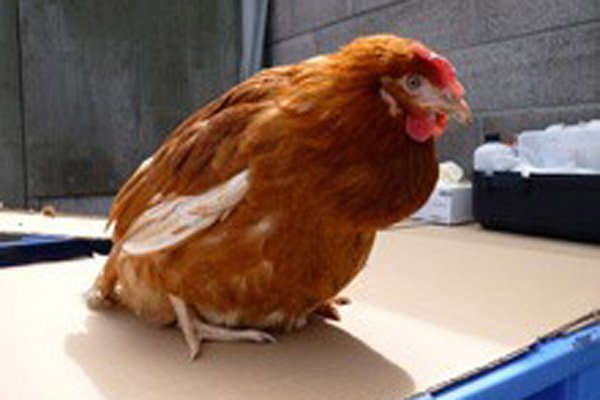

Egg yolk peritonitis is a fatal condition that affects any species of birds. There are two types of egg peritonitis; septic peritonitis caused by bacterial infection (E. coli) and non-septic peritonitis, which is caused by other factors.
Causes of egg peritonitis in layers include:
• Ruptured oviduct: These birds will always ‘lay’ eggs internally.
• Reversed peristalsis brought about by breakage of thin shelled eggs or by E. coli infection.
• Early stimulation of birds to lay when their oviducts are not fully developed.
• Genetics: Hens that mature too many large egg follicles at once and develop a condition called erratic ovi-position and defective egg syndrome, where the yolk inside the hen becomes infected with E. coli bacteria forcing the yolk to be deposited internally instead of within the egg.
• Stress during ovulation.
• Double-yolked eggs.
• Hypocalcaemia and other nutritional deficiencies.
Once a bird has reached maturity, she releases ova from the ovary and this egg is then passed through the oviduct to the vent area from where it is laid. This occurs over a period of 24-26 hours.
In cases where the bird develops egg peritonitis, the egg doesn’t enter the oviduct. It instead goes directly into the abdominal cavity where it causes inflammation of the peritoneum hence the term egg peritonitis.
The egg is said to have been laid internally. This egg becomes a good medium for bacteria especially E.coli that make the condition worse.
The bird then shows the following clinical signs:
• Swelling of the abdomen and vent.
• Penguin like stand and walk.
• Weight loss.
• Ascites (accumulation of fluid in the abdomen).
• Difficulty in breathing.
• Depression.
• Matting of vent feathers with egg-yolk coloured droppings.
• Pain
• Lack of vocalisation
• Sudden death
Treatment
This condition can be managed through surgery if detected early, done by draining all the egg content within the abdominal cavity.
In cases of septic egg peritonitis caused by bacterial infection, antibiotic treatment may be prescribed by a veterinarian.
Prevention
Provide clean drinking water as contaminated one predisposes birds to bacterial infections especially e-coli.
Avoid supplemental light in the poultry house especially with young layers.
Feed a high quality diet, and supplement the birds with Di Calcium Phosphate (DCP) in feeds and Stressmix in drinking water.
Avoid overcrowding, that is, provide layers with adequate room to move around for exercise. Space required is 2 square foot per bird.
Maintain sanitary conditions and change the bedding litter when required.
Provide adequate ventilation as ammonia build-up, and dry dusty environments predispose the birds to stress.
 Contact Jaguza Support
Contact Jaguza Support